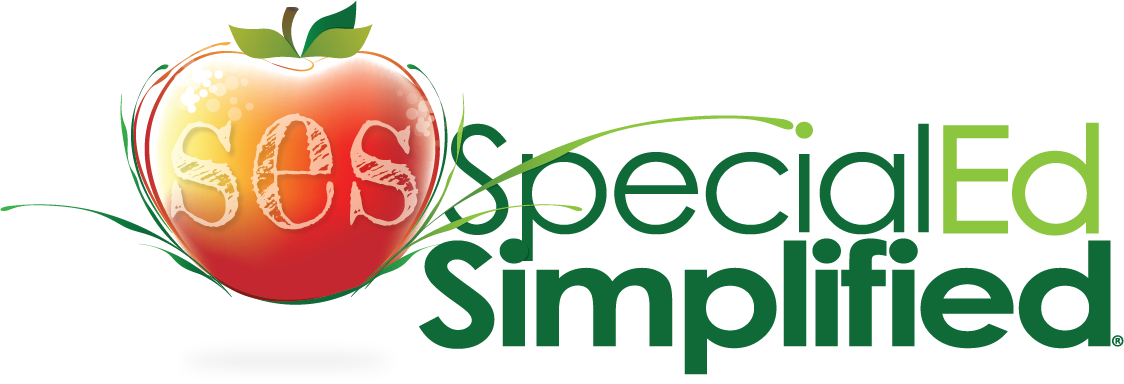After downloading the materials, always check for “bulletin board” or “instructional suggestions.” These are additional undertakings for each unit. Read over the suggestions and put up any bulletin board materials. Both will greatly enhance your teaching of the unit.
Print out and preview the entire unit before teaching. This allows the instructor time to prepare and determine if any additional supplies will be needed. Always look through each lesson carefully. Some lessons have an “activity” at the end. This could be an experiment, a video suggestion, a craft, etc. Occasionally, these activities need to be prepared ahead of time. Teachers should also view any videos to ensure appropriateness.


Each of our CCCA units is set up in lessons, and each lesson is available in two different dimensions. When beginning to teach the lesson, we always suggest giving the students the pretest initially. This will give the teacher the needed baseline data to determine final progress.
Most of the “Introduction” or lesson 2 activities come with vocabulary words. Review these vocabulary words at the beginning of each lesson to ensure understanding. Many of the CCCA units include a PowerPoint to follow along with the introduction activity. These two items work together. Each student is given the introduction worksheets on their ability level and follow along with the power point to determine the answers. This gives everyone a general idea of what to expect from the remainder of the lessons. When completing this with the students, we recommend errorless learning (see FAQ on errorless learning) teaching strategies to ensure the students learn the material correctly.
Lessons 3 – 5 (or 6) are the application activities. During these lessons, the student is still acquiring the skill. Errorless learning may also be used during the application activities to better ensure student understanding. In these lessons the student is learning to apply and use the standard being taught.
Students may need the lesson repeated. Do not move on to the next lesson until the student comprehends the current activities. Since the lessons build upon each other, it is important for the students to understand each step of the way before moving on. Bringing in videos or other hands-on activities will enhance the student learning process.
Lesson 6 (or 7) is a review. During this activity, it is recommended that errorless learning not be used. This is a culminating activity of everything taught up to this point. Students will examine the material in new ways to ensure understanding of the skill. It is a final preparation for the posttest.
Lesson 7 (or 8) is a post test. It is suggested to administer the posttest three days in a row in order to eliminate the chance of a student having a “bad” day. This will give the instructor clear data of what the student learned during instruction. It will also reveal which areas/skills may need to be retaught.


